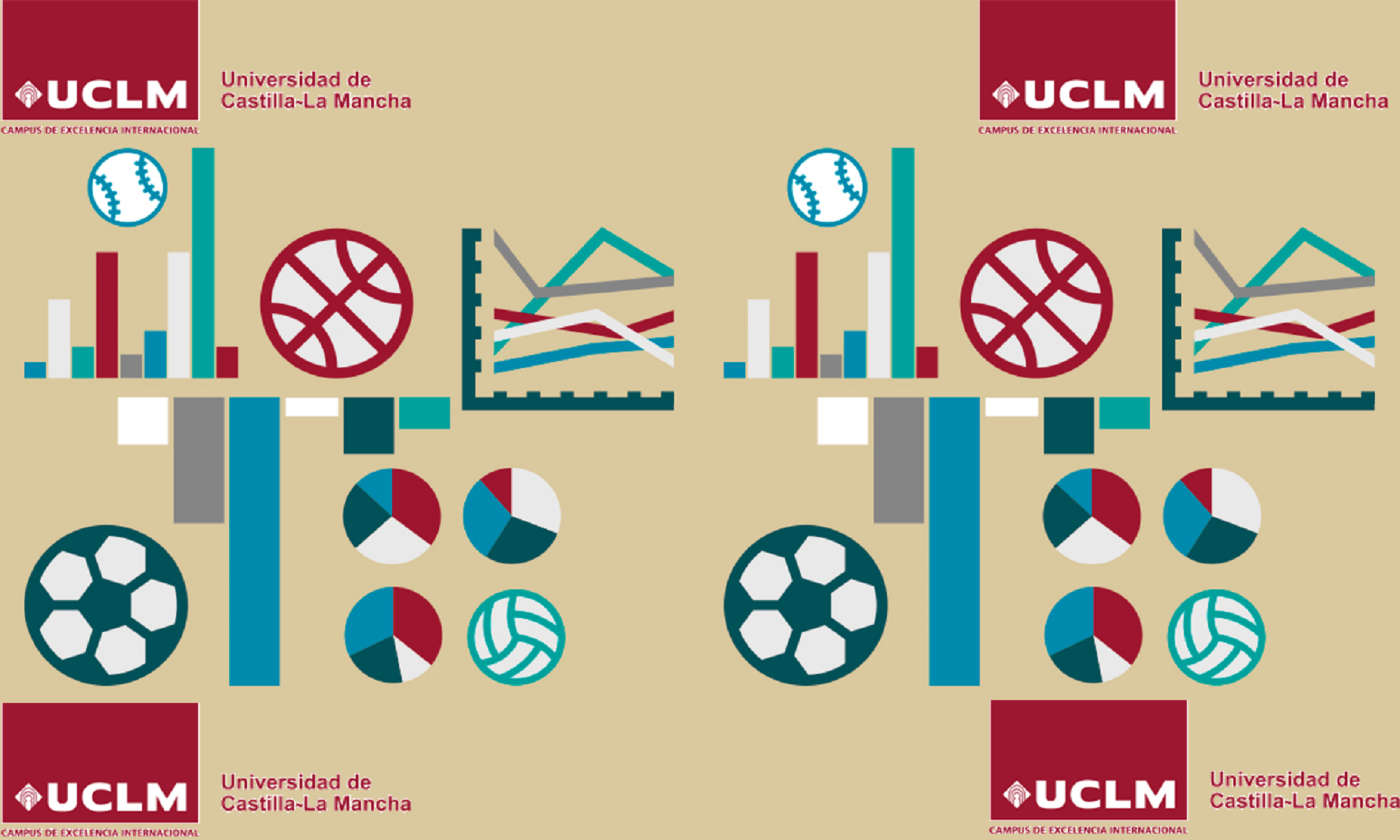All sport fans enjoy balanced competitions, competitions where it is difficult to predict the winner, competitions where a team that last year was the favorite for the championship, next year is wondering whether it is a good team. All of these refers to the same: Competitive Balance. Commissioners of the best professional American leagues (NBA, NFL, NHL, MLB) know that and therefore they try to have enough competitive balance.
Specifically, the NBA is using several actions to increase it. For instance, the distribution of the TV rights among teams is rather equally, it has salary cap for teams, so that if a team wants to pay more money than its cap it has to pay a luxury tax. A draft system for players is also used. The draft is a way that teams get the rights of the new players in the NBA. The method is simple, the worst teams in last season pick before players in the draft than the other teams. Therefore it is expected an increase in the competitive balance.
To analyze whether all these policies are effective we will analyze on the one hand the equality teams within a season and on the other hand if the strongest teams remains the same.
To analyze the competitive balance of the regular seasons we have calculated the density functions of victories for all teams, that is the probability of getting a certain number of wins in the regular season (normally 82 games although there was two exceptions by look-out) by using betting odds. If these are found very close It’s very likely that the competitions are equalizer. However if density functions are very dispersed, there are teams more powerful than other.
The following graph shows competitive balance between 2006-2007 and 2011-2012 seasons.
In the above graphs it can be seen that the level of dispersion among density functions is rather high. Particularly, the 2006-2007 season was the one with the highest competitive balance since only three teams had a remarkable difference with the other teams. Competitive balance deteriorates in the next three seasons and it seems to improve a little bit in the 2010-2011 and 2011-2012 seasons. But, is the competitive balance higher or lower than in other European Leagues? The graph displayed below shows the competitive balance for the ACB (i.e., Spanish basketball) league and the Serie A (i.e., Italian soccer) in the 2011-2012 season. (Heregraphs for La Liga, i.e., Spanish soceer, and hereother analysis using sport betting about the competitive balance in La Liga and the English Premier League).
It can be seen that the competitive balance in the ACB seems below the NBA, but on the other hand competitive balance in the Italian league is greater than in the NBA.
Competitive balance can also be considered as a long-term measurement. As it is shown below using this definition, the NBA has a great competitive balance. To do so, it is shown the evolution of teams position in the Eastern Conference from 1993-1994 (1994) season to 2011-2012 (2012) season, using a moving average of three years. It can be seen clearly that mobility in teams is high and teams aren’t maintained neither best positions nor worst positions for a long time.
So, the NBA seems to get a high level of competitive balance in long time but, its competitive balance within a season doesn’t improve substantially compared to other European leagues. Thus, if the NBA wants to improve its competitive balance within a season, it should take additional measures.
What do you think these systems to stay competitive in the NBA?
Should we copy these techniques for our national basketball league? And what do you think about football?
PS: This work is based on to the undergraduate thesis that I am advising of Fernando Herencia
PS2: We would like to acknowledge Leigh Herdman of Herdman-Highton Consultancy Ltd for providing us the data
PS2: We would like to acknowledge Leigh Herdman of Herdman-Highton Consultancy Ltd for providing us the data



